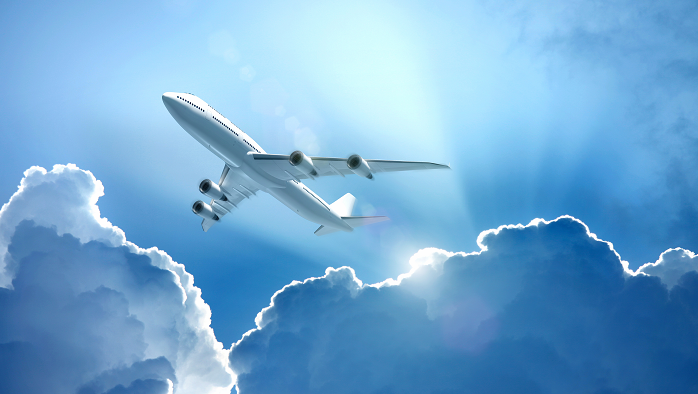There are around 20 or so major companies around the world who are involved in the Business of Leasing Aircraft. Without doubt it is a significant business with many billions of capital involved, moreover the trend is one of increasing reliance on the leasing of aircraft asset to support airline operations.
The current cost of a wide body aircraft is around 300 million USD and even with discounts it is without any doubt an extremely high value asset and off course one which needs to be cared for and “protected”.
How Safe are Aircraft Leases?
So first we need to agree what we mean by safe! Essentially we want to know that the money invested in the aircraft is working in the correct way and providing an adequate return on investment (ROI). Secondly but just as importantly we want to know that the underlying value of the asset is also behaving in the correct way. This means that the Continuing Airworthiness of the Aircraft is being managed in a way which ensures the viability of the aircraft throughout the entire lease period.
Where are the Exposures?
Leasing Companies are typically experts in the financial aspects of the lease but often fall short in the technical competence required for critical oversight of the asset. With Aircraft Leases lasting many years problems can accumulate over time which translates into significant issues during the period of “Lease Return”.
During the years of operation airlines do not necessarily pay sufficient technical attention to the obligations contained within the lease and in particular are lacking in knowledge regarding “Lease Return Conditions.” Often significant attention is only provided during the preliminary period leading up to the actual lease return which is often far too late!
Who is responsible for Oversight?
Under EASA regulations the operator is responsible for the oversight which ensures the aircraft are “Safe” to fly. This oversight is called Continuing Airworthiness and the department responsible is called the Continuing Airworthiness Management Organisation.
It is the CAMO department which oversees the maintenance which is performed on the aircraft and components. Of course all work thus performed is certified by EASA Part 145 organisations.
So What’s the Problem?
The problem is that EASA Part 145 approval is not the ultimate aspirational objective, simply it is minimum compliance. – means compliance with EASA Part 145 becomes the point at which the regulator will essentially “leave you alone” (SIC).
So looking at this from the lessors perspective we see that “we” are placing total reliance on the lessee to ensure due diligence throughout all elements of this process over time.
If this is done correctly then we may well be in a good position, however and unfortunately this is potentially not always the case.
The costs associated with an aircraft being stuck on the ground (Aircraft on Ground “AOG”) can easily be in excess of 100,000 USD / Month and Engine overhauls can cost well over 2 ½ million.
So What Can We Do?
Waiting until the problem is on the table is a re run of the stable door and bolting horse scenario.
Looking at Root Cause and considering the issue in clear terms – Does the operators CAMO have the competence to manage your aircraft lease in the correct way. At what point do we the lessors carry out our own due diligence. In fact we we do is send people to “Do” a records inspection etc etc. when what we should be looking out is how the company is functioning and how effective is the internal quality system at identifying potential exposures.
a) Does the CAMO understand the lease obligations and if yes how are they managing to ensure this aspect is included in the process and procedures of the contracted EASA Part 145 organisations.
b) How does the CAMO manage competence – where is the process who is managing this process and how is the effectiveness measured – Ask to see the measures of effectiveness.
c) How does the CAMO manage the oversight of the maintenance contract – how effective is the reliability program and how is the Aircraft Maintenance Program being managed. (The AMP is an operators obligation)
d) How effective is the Organisations Quality System at identifying exposures related to the management of the Lease – have they done a Lease conditions compliance audit – if not why not (did you ask them too?)
Sofema Aviation Services www.sassofia.com provides regulatory and vocational training to support technical competence and quality oversight techniques to support lessors and lessees.
For further information and support please email:office@sassofia.com




